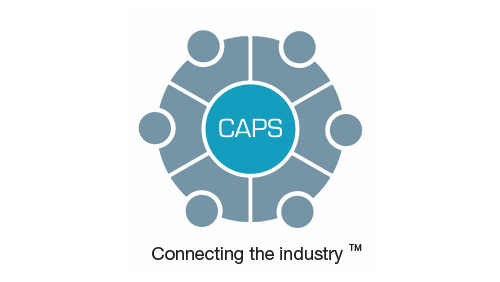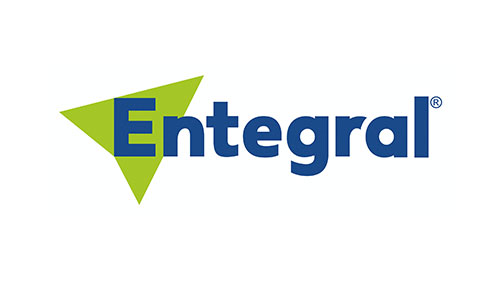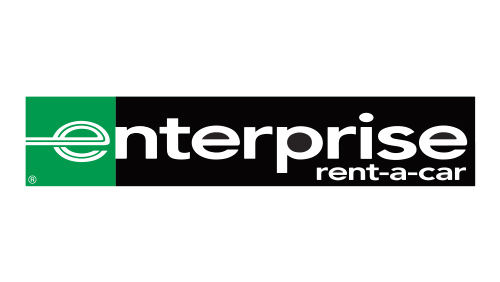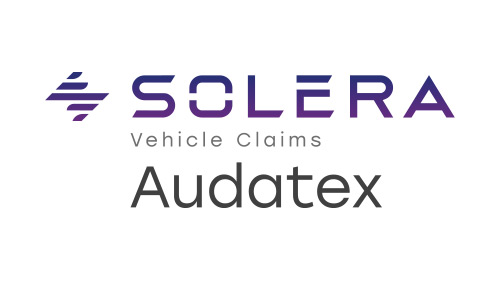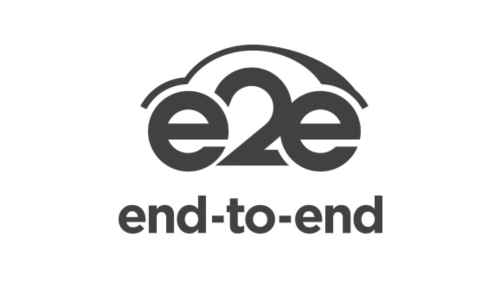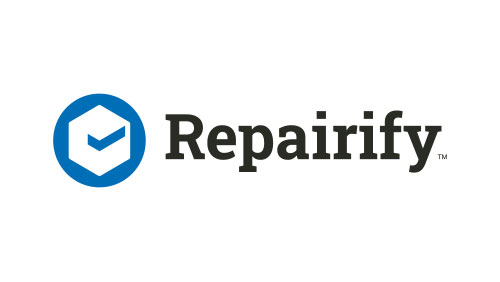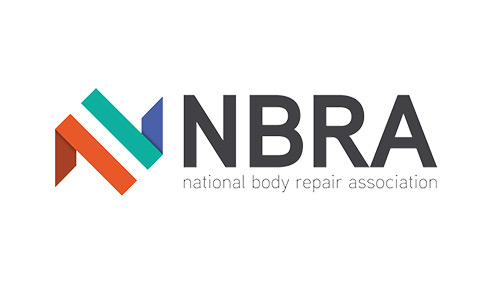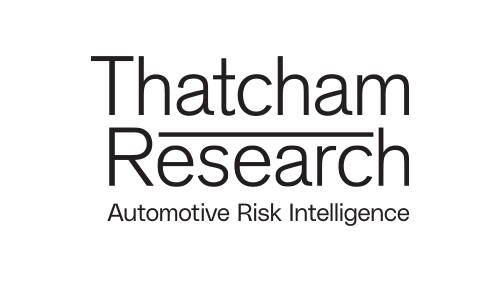A motor claims journey involves many parties and even more moving parts, meaning the potential for confusion, delays and customer dissatisfaction is high.
However, technology has the capacity to ease the pressure by creating a transparent, integrated ecosystem than links every stakeholder.
Here, CAPS and e2e Total Loss Vehicle Management explain how sharing data with the right people at the right time can cut costs, delight the customer, and even benefit the environment.
Kevern Thompson, CAPS Commercial Director:
Work providers and insurance companies are now turning their digital aspirations into reality with CAPS https://www.caps.co.uk/ as the UK’s trusted and secure data exchange service providing access to an unprecedented level of data facilitation at every step of the claim.
The conversation around connecting claims technologies with CAPS has finally moved from the conceptual to how work providers and the automotive claims supply chain can achieve that digital transformation. Achieving this will create a better driver/owner experience and unleash even greater efficiencies through the transparency CAPS can provide.
That first step of connecting legacy systems has now evolved into exploring how connectivity drives improved business change.
We’ve talked about data being the new oil, and that is what is happening. Fuelling data into information systems supports analytics and in turn drives innovation, creating efficiency whilst enhancing software products and services.
Already on the horizon we can see the industry working towards positive milestones that have historically been hampered by legacy systems and poor end-to-end connectivity because there wasn’t a source of data flow.
Many companies are now fast-tracking electronic notification of loss because of the connectivity fuelled by CAPS which allows more direct customer involvement enabled by technology.
This is leading to a better customer journey because the policyholder is using the technology directly at many more stages in the claim.
Many insurance companies are already using application systems such as Entegral to provide detailed repairer information to fuel direct consumer choice – for example, if they need an EV repair, or a specific manufacturer repair network solution.
The claims handler may not even speak to the customer because CAPS is connecting the claims ecosystem and all the information the customer needs can be accessed through a single app or portal.
Digital transformation is no longer a boardroom strategy; it becomes a reality when connectivity is supported by CAPS.
Jim Loughran, CEO – e2e Total Loss Vehicle Management:
How do we define a claim connected through technology? Much is currently being written about use of AI and chatbots in the claims process together with the broader digital claims experience. There is a market-wide debate on the risks and benefits of this approach: organisations and their decision makers are invested in understanding more. It’s new and exciting and no one wants to be late to the party.
I’m keen to see the same level of appetite for connecting claims via integrated technology and processes throughout the motor claims supply chain. Specifically, I’m referring to insurers/MGAs, claims management companies, salvage agents/automotive recyclers and repairer networks. Arguably, if we get this right, the impact on cost savings, operational efficiencies and customer experience and retention can be as far reaching as the benefits from the new technologies being explored. And of course, neither approach needs to be exclusive.
Use of reclaimed parts continues to shape motor claims repairs. The associated benefits in reduced costs and claims life-cycle, sustainability and the ability to offer customers choice are well documented. Appetite from insurers and MGAs to wholesale adopt a reclaimed parts strategy is evident. The challenge, for all parties involved, is siloed processes and technology systems. For reclaimed parts to realise the far-reaching impact they are capable of delivering, connectivity is vital across the entire supply chain. Connecting the processes and technology systems of insurers, automotive recyclers and repairers will allow reclaimed parts to be considered at FNOL; affording in some cases the opportunity to avoid a total loss scenario.
Repairers’ estimating systems can include pricing and availability of reclaimed parts in real time. Claims decision making can be swift and informed. Feeding back into the solution, data from intelligent estimatics systems can update automotive recyclers on specific parts demand, ensuring parts availability is maintained.
To answer my opening question… that’s a claim connected through technology.
By Nick Sweetman, AVP of Vehicle Repair and Service Operations, Enterprise Rent-A-Car:
The conversation around the shortage of staff in bodyshops is taking a new direction, with the supply chain now rallying behind repairers to identify effective solutions.
The need is evident. Almost half – 45% – of the 95 repairer owners and managers surveyed at this year’s Enterprise repairer conference said that labour is their biggest challenge.
The ambition to build a strong, future-looking repairer market is there and 64% of repairers said they are looking to grow their business and add locations.
Attracting younger employees is key in the face of an aging workforce, where only six per cent of employees are aged between 20 and 30.
Apprenticeships are helping to fill the gap, though two-thirds of the repairers said they were offering only a small number of apprenticeships, if any, and almost one in five (17%) said they were finding it harder to recruit at this level anyway.
What we are seeing is that a range of approaches are needed to help address the issue.
Attracting Gen Z employees into the sector is essential. This should be possible given the tech familiarity of this generation and the growing technology in new and emerging vehicle types.
We can see through our own graduate recruitment that a different approach is required to appeal to Gen Z applicants – and this is where company culture plays a key part. Gen Z employees want to feel that they belong and that they are cared for and supported by their employer, especially in terms of issues such as mental health.
Values are an important part of this. What is your approach to diversity? How do you ensure employees feel included and get access to the same opportunities? Are there people like me – different genders, ethnicities, walks of life, backgrounds – working in your business?
These questions can sound puzzling for businesses that have built their track record on technical and service excellence.
But we are seeing in our own business that employees want to work for a company with great products, service and reputation that also aligns with their values and beliefs. They want more communication, and to understand the company’s goals and vision.
This is where a bodyshop environment is not dissimilar to an Enterprise branch and means that as a bodyshop partner we can bring some perhaps useful insights.
Gen Z wants to understand the potential and the career path. We need to understand why bodyshop apprentices leave to work in different industries – and how we can communicate that this is an exciting time to work in the sector.
Bodyshop work is complex. The procedures for replacing a wing-mirror camera are akin to engineering, with the ADAS features being increased. These are valuable skills, but it is often hard for apprentices and junior technicians to see the bigger picture and the potential of working in a bodyshop as a career.
It’s also key to begin attracting a more diverse employee base. This is such an effective strategy for widening the talent pool and can be achieved by adjusting how you advertise for positions and recruit candidates.
The language and images used in job adverts can put people off applying. Ensuring you place these adverts where young people will see them is key, rather than purely relying on the traditional channels.
We are seeing bigger bodyshop groups responding, with new policies and programmes designed to appeal to younger workers. This is where collaboration with the rest of the supply chain will help create a high-quality future talent pipeline faster.
For example, we’re piloting programmes to raise awareness of bodyshop careers at secondary schools and partnering with AutoRaise and School of Thought, especially with schools and colleges more focused on vocational and practical careers.
This has involved running workshops with the school, including practical demonstrations such as how to repair a door or virtual spray painting.
The pupils found it interesting and fun because it was hands-on and they were encouraged to try it out. The technology aspect challenged some of the preconceptions of working in a vehicle repairer.
What we’ve learnt is that funding is only part of the solution. This was apparent when we shared our some of our surplus apprentice levy with our own repairer network.
Helping to fund several apprentices showed that, while it pays for the training, it doesn’t address how (especially smaller) bodyshops support an apprentice for the months when they are learning the skills which enable them to become productive.
Retaining them is the next requirement. Younger people naturally experiment with different careers and their attention needs to be nurtured so they stay interested.
Creating a great Gen Z workplace is one of several priorities and can’t always be achieved through direct tactics such as higher pay.
One bodyshop group creates opportunities for families to be involved, and this is something which we see is also successful in our business. It plays a part in creating that culture that attracts talent and then encourages people to stay.
Workplaces have changed radically and expectations are very different. There’s more technology and flexibility. There’s an expectation of a clear career path and greater support for personal as well as professional development.
Adapting to these evolving requirements is easier if we all work together to project the right image of what how exciting a career as a bodyshop technician can be.






